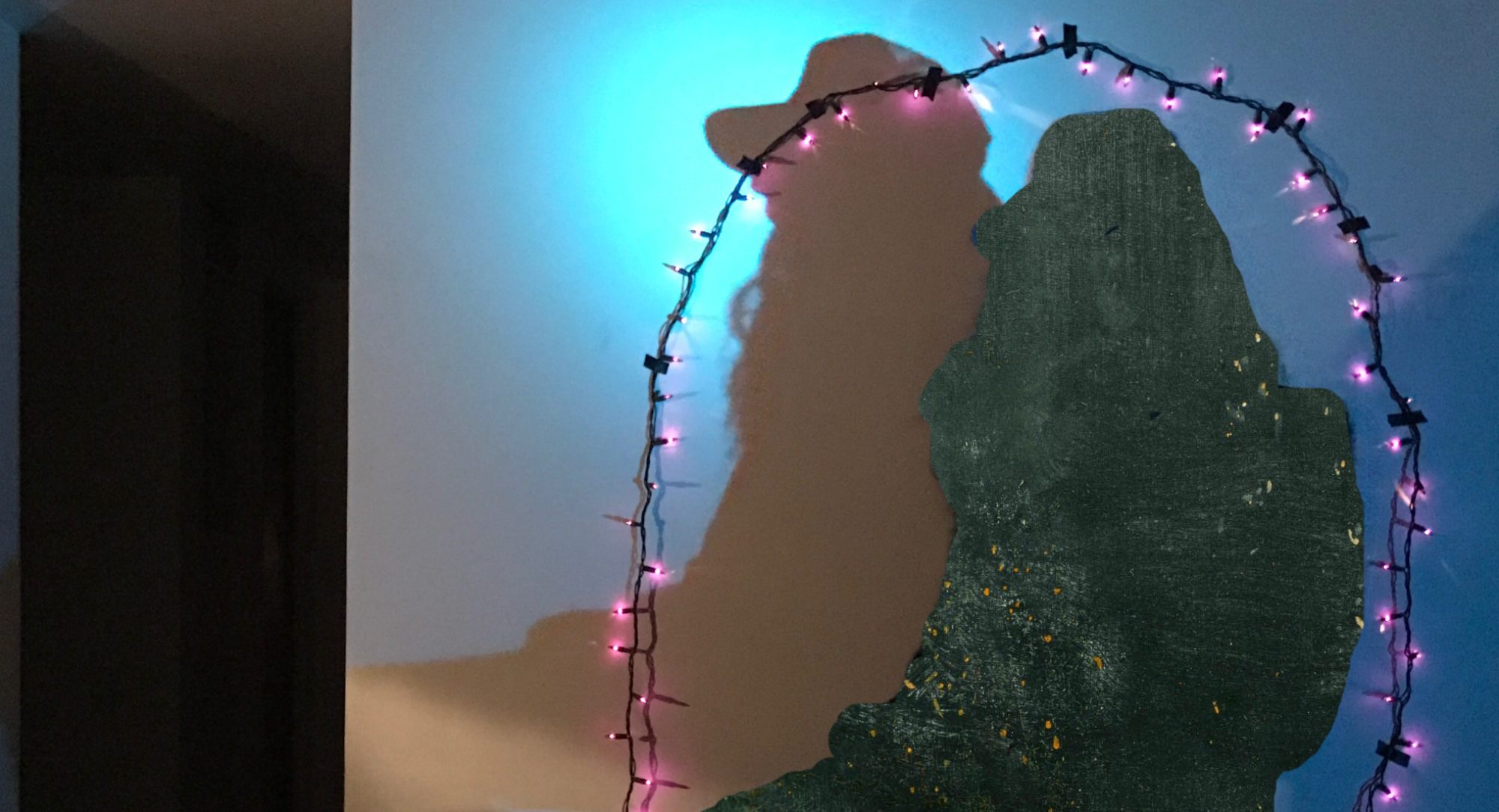I feel like I got my plot outline to a good place but the story felt light. Like there wasn’t enough for me to work with. I went back and starting looking at my main characters and the locations. I had some some quick sketches but there really wasn’t much there. Also, I had tried and did use one of those detailed character questionnaire but I never liked it. It felt too technical and frankly boring. Like who cares what shoe size my character likes.
One of the things I remember from Aaron Sorkin’s masterclass is that he doesn’t spend a lot of time developing backstory for characters. He just runs through it, which I like also, partly because I’m lazy. But on the other hand, I read a book about character and plot and it proposed that you should explore traumatic and life changing events in your character’s past because that is what shapes who they are and the choices they make. Often times it can also be the root of some flawed thinking that can be the source of conflict in your story.
So I decided to take a break of outlining plot to exploring back story. I started with my main character. Interestingly, as I wrote about my main character I also started developing the setting more. I picked a year and location. When I wrote about my main character, I approached it like “the story of MAIN CHARACTER.” So instead of lists about what his hair color is, I talked about his birth etc. And it was cool. I felt like I was writing, not just populating some list of attributes. I felt like the information that was coming out of me could actually be useful.
Then I started writing about the next main character. I wrote about her relation to the main character. Again I approached it from the question of “What is the story of SECOND MAIN CHARACTER. Of course, that is also a big question that can go on and on, so I limited to birth, parents, and at least two major life changing events, usually traumatic that shaped that characters thinking and motivation.
But then I started thinking about the frame of “The story of…” It is a powerful frame because it can be immediately engaging and absorbed by the reader. I was watching the Masterclass on leadership and it talked about how Abraham Lincoln used stories as much as could in speeches. He knew it was an incredible way to convey information and have people retain it.
So, I used the “Story of…” as a frame for all sorts of parts in my book. The story of the city location. The story of how the government got put into place. The story of some of the main inventions in the world. Instead of just saying this thing exists, I explore the who, what, where, why, when and how. Like a journalist investigating the story behind this world. I supposed it can get out of control and it probably does for a lot of writers.
Some people don’t need to go into the story of in so much detail because their story piggybacks on another story. If you are writing about contemporary America, I think most readers would already understand a little about how America was created, the government, the police, and basic technology. Most people know the story of the Internet or do they? Is it important to the story you are trying to tell? That would be the second important question.
This reminds me of the book The Shining. In it Stephen King has Jack find a history book about the hotel in the basement. it is a way for King to convey information about the hotel to the reader. We learn about back story, newspaper clippings etc. In another movie I just watched, Scary Stories to Tell in the Dark, the main characters go to the library and research the backstory of the town and a family in particular. In Ready Player One, the main character researches the backstory in order to solve the puzzle.
In my story, the main character has to research the connection between a rehab business and the death of his girlfriend. I talk to go into backstory. But you can see in the examples above, backstory is best delivered in scene with conflict brewing. Backstory exposition on itself is boring. King didn’t have a dry recitation of backstory in the Shining, it was while he was taking a break from his family in the basement of the hotel. The book he found was mysterious.
So that is what I’m doing now on the book. I can write a little more backstory for elements of the story that will help me understand why things are the way they are and how to better incorporate it into the story.
